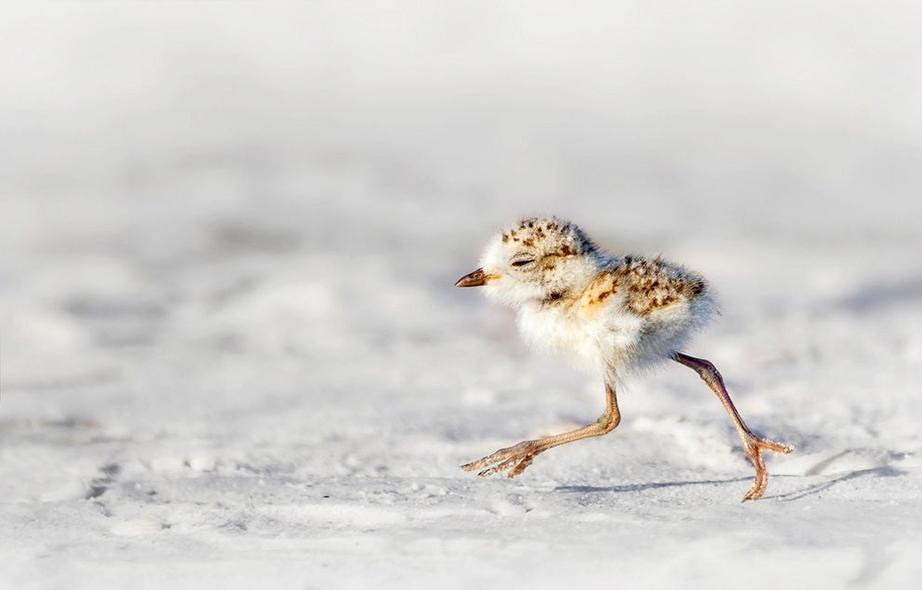Rare western snowy plovers nesting in Los Angeles after 70-year absence
On April 18, the nest of a western snowy plover was discovered on Santa Monica State Beach. More nests were discovered later in the month on Dockweiler State Beach and Malibu Lagoon State Beach. While finding the nests of shore birds on a beach doesn't seem like a big deal, it's an extraordinary moment when you consider the species. The last time a nest of this species was found on a Los Angeles County beach was in 1949! After 68 years, the tiny birds once again are trying to raise families on these busy southern California shores.

The western snowy plover is a tiny shorebird so perfectly camouflaged that it can disappear in plain sight on the sand. It lays its eggs in depressions in the sand, and these eggs can be next to impossible to see until you're right on top of them. Snowy plover chicks — as pictured here — learn to get up and go within hours of hatching.

Unfortunately, the nesting preferences of these little birds make them vulnerable to disturbance from humans and predation by everything from crows to cats.
According to a U.S. Fish and Wildlife Service (FWS) news release, "The Pacific Coast population of western snowy plover was listed as a threatened species under the Endangered Species Act (ESA) in 1993, because of habitat loss, impacts from non-native predators and other factors. At the time of listing, the California population was estimated to be about 1,300 adults. In 2016, the population was estimated to have increased to a little more than 1,800 adults."

The news that the birds are making a comeback in Los Angeles County is heartening, and it shows the conservation efforts to restore habitat and protect nesting areas are paying off.

"This is a sign that, against all odds, western snowy plovers are making a comeback, and we really need the cooperation of beachgoers to help give them the space they need to nest and raise their young," said senior FWS biologist Chris Dellith. "I’m hopeful that we can find a balance between beach recreation and habitat restoration, which will allow humans and shorebirds like the western snowy plover to peacefully exist along our coastline."

